New York City, the city that never sleeps, is the most populous American city. It is a vital economic but also the cultural center of the whole world. Its history is so complex that it deserves not a brief article but an encyclopedia consisting of several books. Yet, we will try to point out some of the most important events of “The Big Apple.”
Early Settlement (1624-1664)
The first European explorers to remotely sight Manhattan was Giovanni da Verrazzano in 1524, Henry Hudson in 1609, and in 1613, Adriaen Block. Yet, none of these decided to settle. In 1624, about thirty dutch families of the Dutch West India Company founded a settlement on today’s Governors Island. They called it New Amsterdam. The name Manhattan comes from the Lenape word manaháhtaan. It means “the place where we get bows.”
In 1653, the Dutch built a wall to protect Manhattan. Many years later, when the need for the wall was history, a street took its place. As you may guess, it is Wall Street.
Many of the local names come from the old dutch titles. For example, New Harlem was Nieuw Haarlem after a town in Holland and Brooklyn was called Breuckelen. Further, on September 8th, 1664, the Dutch surrendered to the British. Soon, they renamed the city, calling it New York.
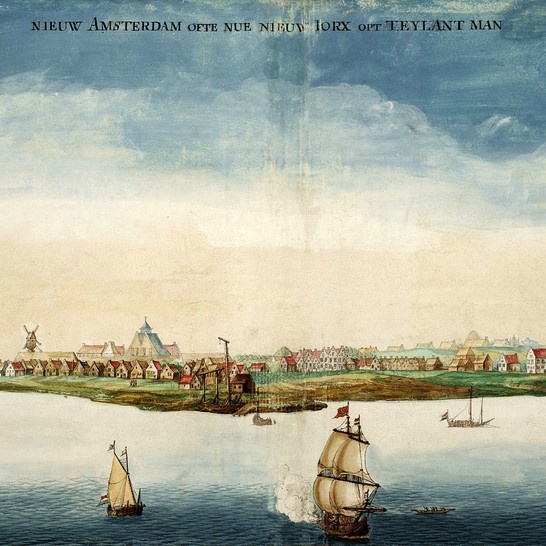
Under British Rule (1664-1783)
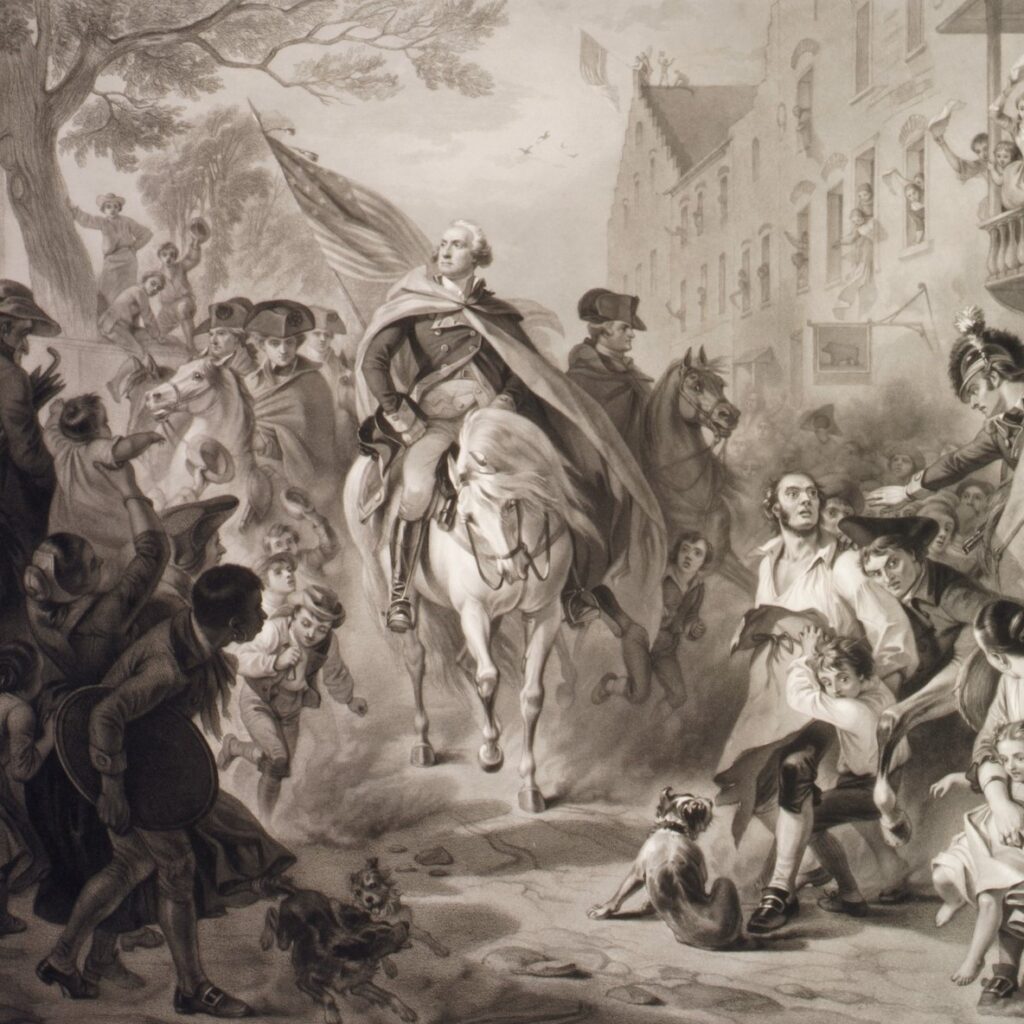
For the British, it was a strategic port. Hence, New York began to experience rapid development. The First newspapers appeared around 1725 and the first theatre in 1732. In 1754, they founded Columbia University, then called King’s College. Between 1700 and 1776, the population grew five times, from 5000 to 25 000.
A dark side to New York’s early history was the conflicts with slaves. After a series of fires in 1741, 18 of them were hanged, and another 13 burned.
In 1770, some early scuffles between Americans and the British took place. And in 1775, the American revolutionary war broke out. George Washington was unable to seize the city, and thus, it was under British rule until 1781. Then, the British surrendered in Yorktown. The last Brits left in 1783.
Young America (1783-1861)
New York City was the home of the young American republic. It was the nation’s capital until 1790. After all, it was the second-largest city to Philadephia. Following the war, trade routes returned to the city’s ports fast. Besides, the stock exchange on Wall Street was officially born in 1792. As a result, the population soared once again. By 1810, over 200 thousand people lived there.
The Commissioners Plan of 1811 expanded the city across the whole of Manhattan. It also designed the grid of streets to the current day form. Further, the Erie Canal, which opened in 1825, connected New York City with the Great Lakes and Canada. 1835 saw this center of trade surpass Philadephia as the most populous American city.
In the end, what shaped the city more than anything, was immigration. From all corners of Europe, thousands of immigrants came each week. These groups built their districts around Manhattan. More importantly, they started businesses, schools, unions, and clubs. Hence, New York was rich in culture, like no other city. Of the total of 500 thousand New Yorkers in 1850, half were foreigners.
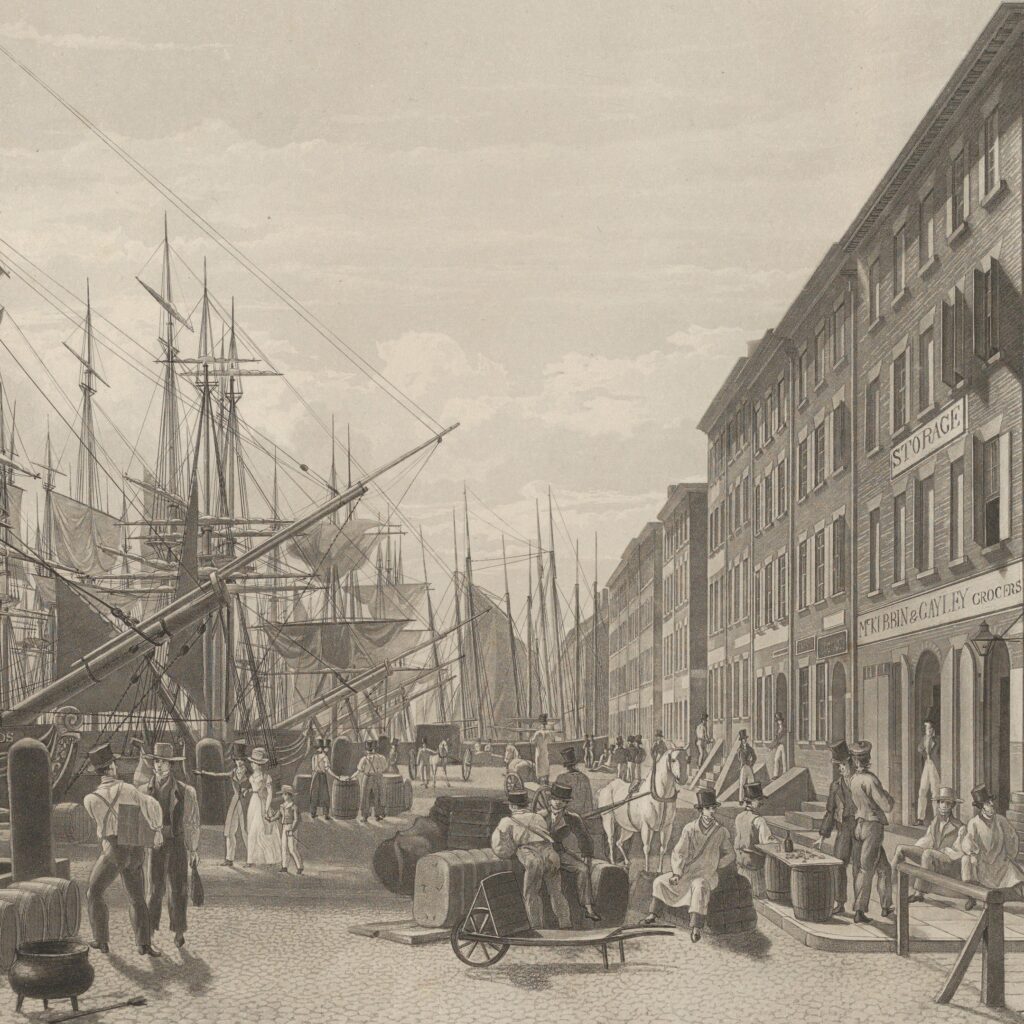
Expansion (1861-1913)
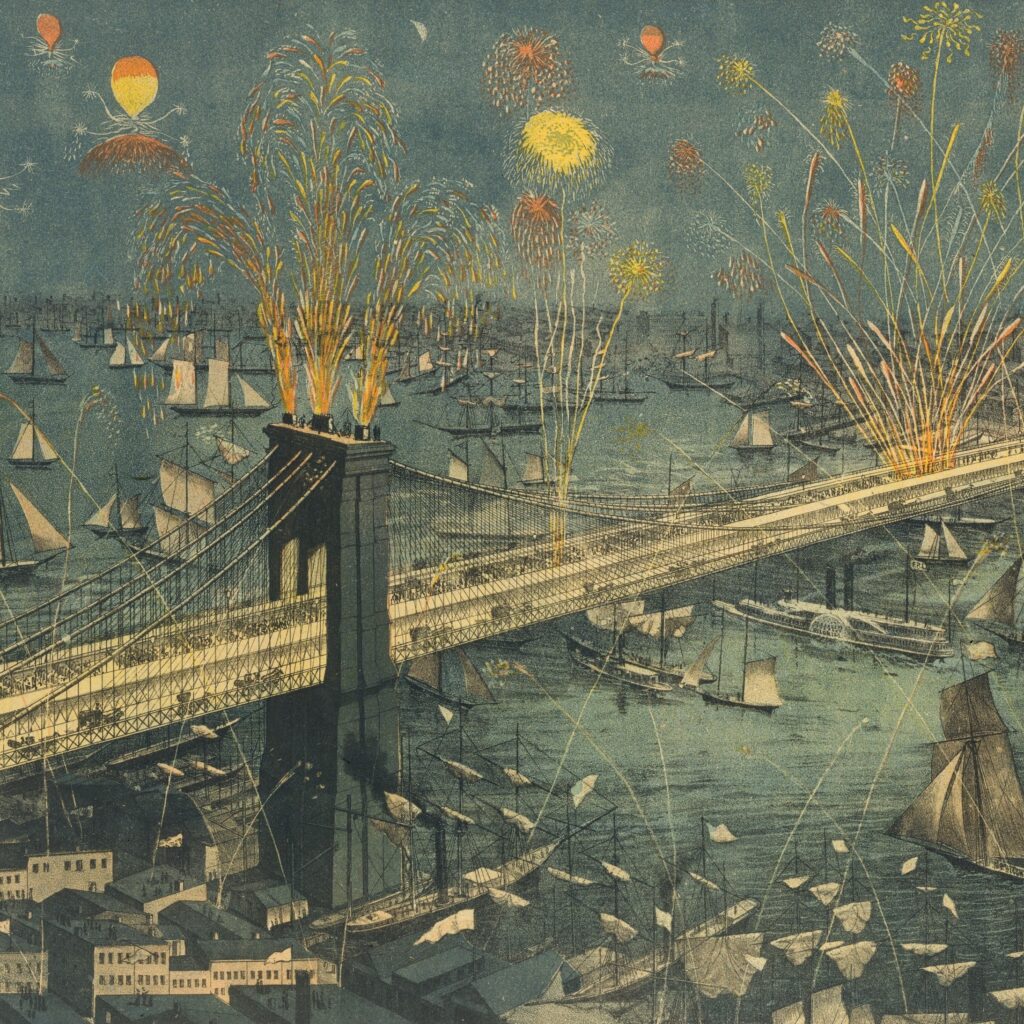
The Civil war of 1861-1865 saw various conflicts occur in the city. Yet, it did not stop the influx of immigrants and the swift growth. Notable was the political machine, Tammany Hall – a local political group of the Democratic Party.
Founded in 1789, it rose to power and had substantial influence in the 19th and early 20th centuries. Yet, it was also a symbol of corruption. One of its most notable and brightest representatives was Al Smith, governor of New York state in the 1920s.
Between 1857–1876, Central Park began to form. Frederick Law Olmsted and Calvert Vaux were the architects of the enormous, 843-acre park. In addition, two more inherent symbols of New York came to life during the 1880s. The first one, the Brooklyn Bridge opened on May 24th, 1883, after more than thirteen challenging years of construction.
By the same token, on October 28th, 1886, the city finally unveiled The Statue of Liberty. The statue, designed by Frederic Auguste Bartholdi, was a gift from the French to celebrate America’s 100th birthday. For the next several decades, the statue was the first thing the arriving immigrants saw. For them, it was a symbol of democracy, hope, and a fresh start in the New World.
Regarding culture, the Theater District settled on Broadway in 1883, and the first concerts in the Carnegie Hall amazed listeners in 1891.
In 1892, an immigration station opened on Ellis Island with a view of the Statue of Liberty. Until the station closed in 1954, an estimate of an astonishing 17 million immigrants passed through.
What became to define New York City of today were the late 19th century mergers. In 1898, Greater New York was born as Brooklyn, Queens, Bronx, and Staten Island merged with Manhattan. The population increased to over 3 million. What made the consolidation of the district’s work was the opening of the subway in 1904 and the Grand Central Terminal in 1913.
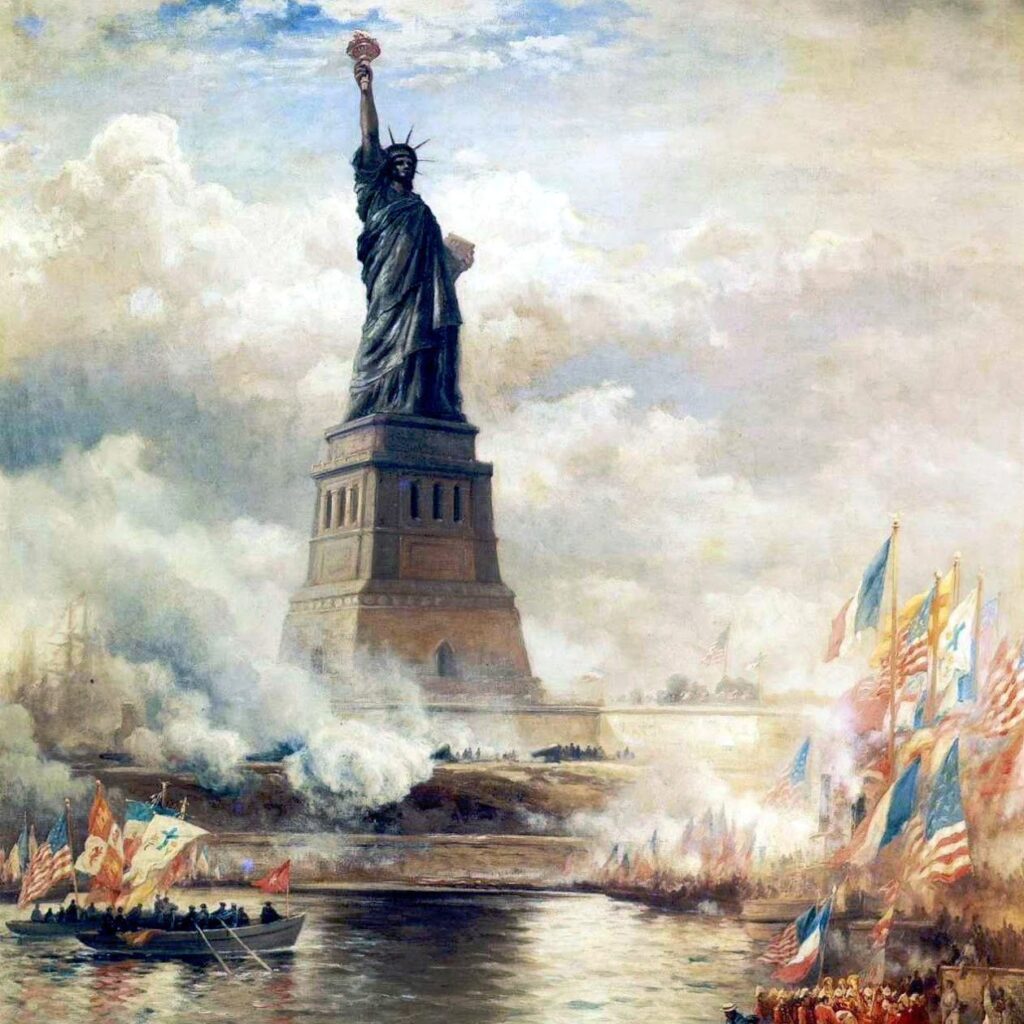
The Two Wars (1914-1945)
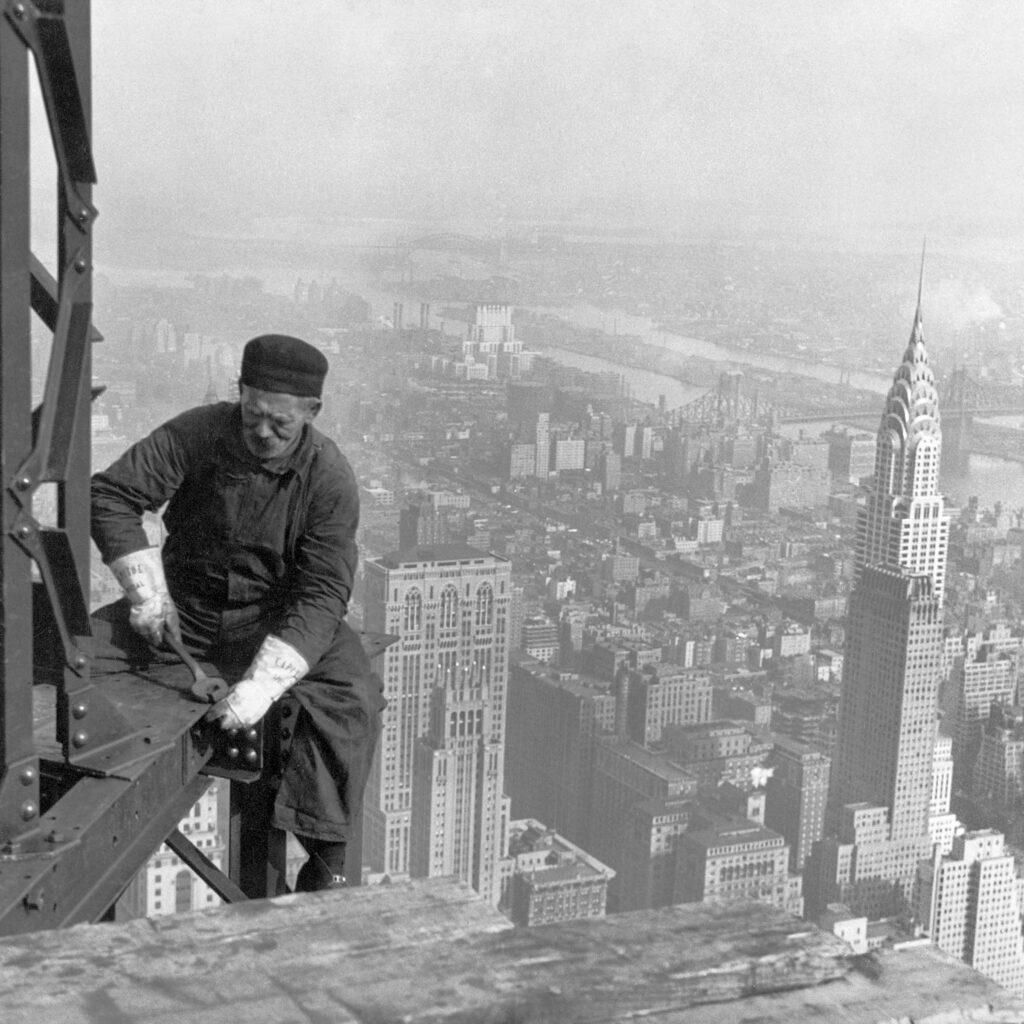
From the first half of the 20th century, the city began to expand once again. However, this time it swelled upwards. While not technically the first New York skyscraper, the Flatiron Building opened in 1902. Then, a boom came. To name a few early iconic early towers, Met Life Tower opened in 1909, Woolworth Building in 1912, Chrysler Building in 1930, or Rockefeller Plaza in 1933. Besides, as the tallest building of the time, The Empire State Building opened in 1931.
However, it was not all bright and shiny. On October 29th, the forceful stock exchange on Wall Street crashed. As a result, The Great Depression broke out. It swept the city, the whole USA, and eventually the entire world. At last, the election of Republican Fiorello LaGuardia into the mayor’s office in 1933 helped New York back to its feet.
LaGuardia ended the era of the bosses from Tammany Hall. He was an energetic reformer who first saw the opportunities of Roosevelt’s New Deal. For the city, the partnership of the Democratic president and Republican mayor was simply stimulating.
In addition, Robert Moses, a famous urban planner, adjusted the city to the 20th century by building a network of roads, bridges, highways, and more. Yet, a new crisis emerged with the rise of Nazi Germany and the start of World War II. The United States joined the war after the attack on Pearl Harbor in 1941. During the war period, New York City was a popular destination for refugees. Many politicians from occupied or war-decimated countries found asylum in the city. From another perspective, the city’s harbor was a major hub for shipping soldiers and supplies to Europe and Africa. Through the busiest period, a ship departed the harbor about every 15 minutes.
Triumph To Crisis (1945-2001)
Optimism spread through the city as World War II. ended in 1945. The return of war heroes and the decision to place the HQ of United Nations to New York only underlined it. The far-reaching urban development under Robert Moses truly exploded in the post-war years. Overall, the city became the economic, cultural, and political center of the whole world.
As white-collar replaced blue-collar, industry left the city. Hence, many more skyscrapers, with thousands of offices, rose to the sky. These changes caused a slight decline in the population. Besides, the city fell into an immense financial crisis in the 1970s.
As ports and industries left, Lower Manhattan was somewhat empty and left behind. Thus, David Rockefeller came up with the idea of a World Trade Center in the 1960s. After years of struggle, the Port Authority completed the world-famous Twin Towers in 1973. However, it took a few years before New Yorkers accepted this work of architect Minoru Yamasaki and got used to the two towers. At first, many called them the two boxes in which the Chrysler and Empire State buildings arrived.
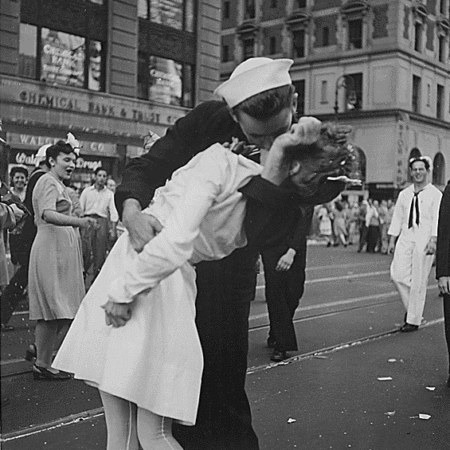
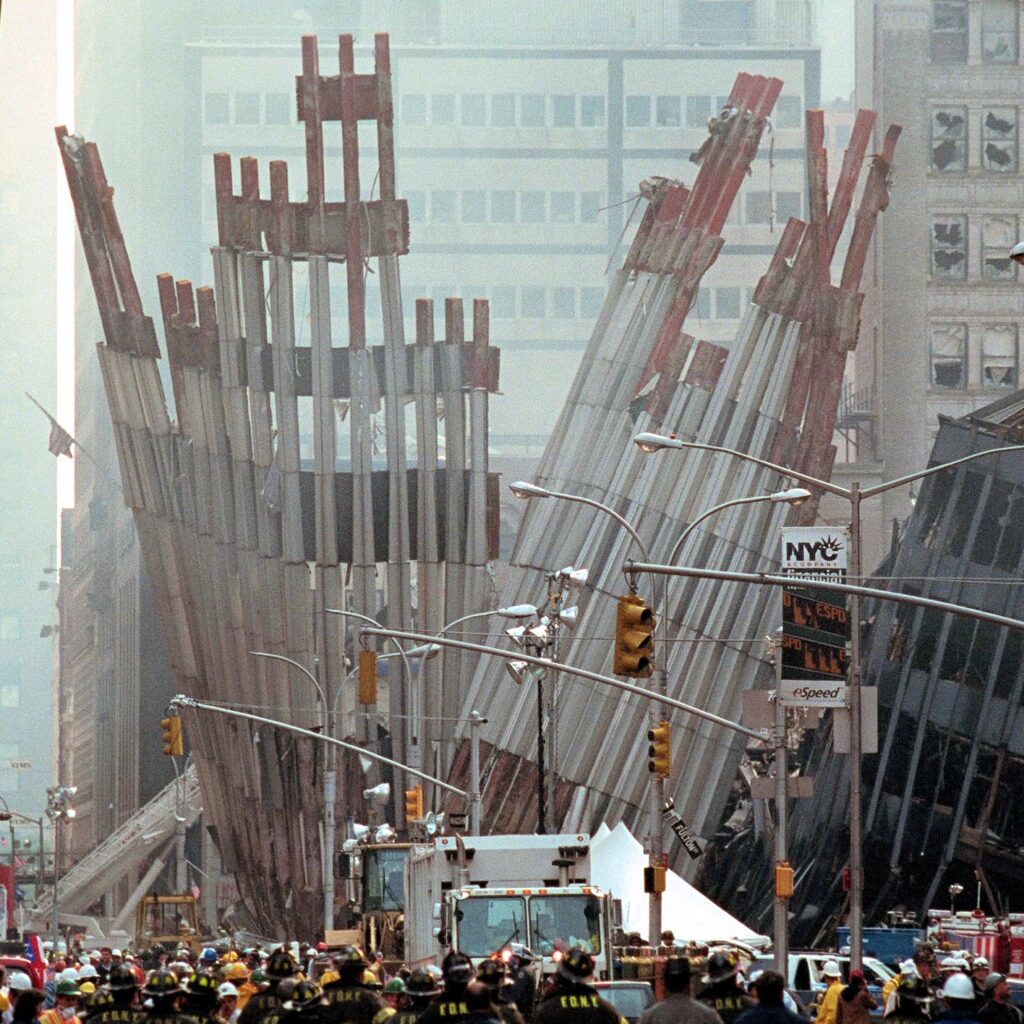
The city was on the brink of bankruptcy when President Gerald Ford agreed to a 2.3 billion dollar loan. At last, Democratic mayor Ed Koch restored the cities finances in the late 70s. During the entire 20th century, New York City had a severe issue with organized crime. At last, a team of prosecutors, including Rudy Giuliani and others, managed to tackle it in the 80s.
The city stabilized, and after the end of the Cold war, welcomed a fresh influx of immigrants and tourists. Besides, in 1993, Giuliani, a Republican, became the city’s mayor. While in office, he continued to tackle the mobsters.
Yet, the gangsters were not the darkest problem he would encounter. On September 11th, 2001, two hijacked planes crashed into the Twin Towers. As a result, some 2,750 people lost their lives in New York City alone. What is more, the two towers collapsed. It was one of the darkest days in the history of the city and the United States in general.
Building New York City Back (2001- Today)
“The attacks of September 11th were intended to break our spirit. Instead, we have emerged stronger and more unified. We feel renewed devotion to the principles of political, economic, and religious freedom, the rule of law, and respect for human life. We are more determined than ever to live our lives in freedom.” Those are the words of Rudy Giuliani following the attacks.
New Yorkers did not intend to fall into despise. They came together. Together they saved lives, together they cleaned up the city, and together they rebuilt it. On the tragic sight of the 2001 terror attacks, in the blueprints of the two towers, a memoir emerged. One World Trade Center was completed in 2014 near the original site. Standing at a symbolic 1776 feet, it is the tallest building in the western hemisphere.
Today, New York City is home to over 8 million people. It continues to be the financial and cultural center of the world as well as a symbol of diversity. People from all around the world still want to come to the city to live. Or at least to pay a visit for a few short days. Last but not least, the skyline, just like the city as a whole, continues to develop, making space for new skyscrapers.
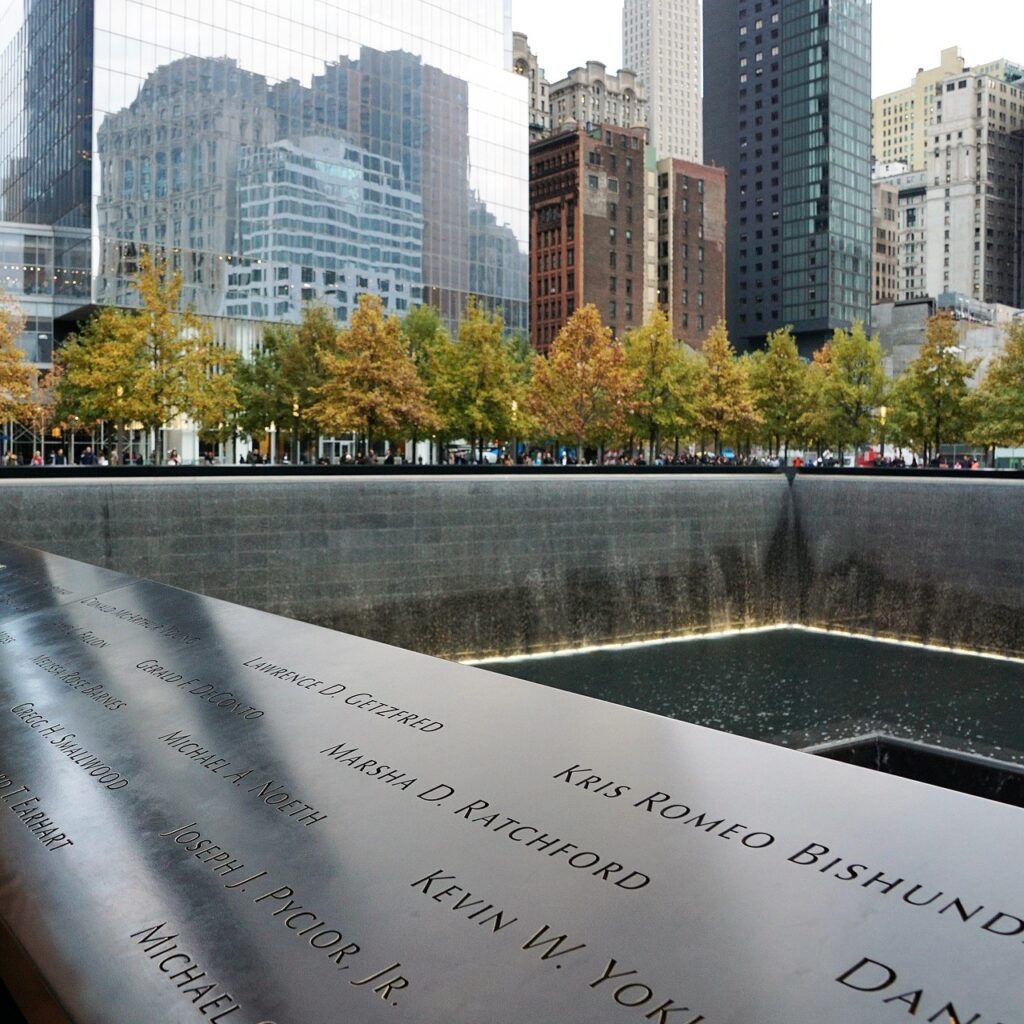
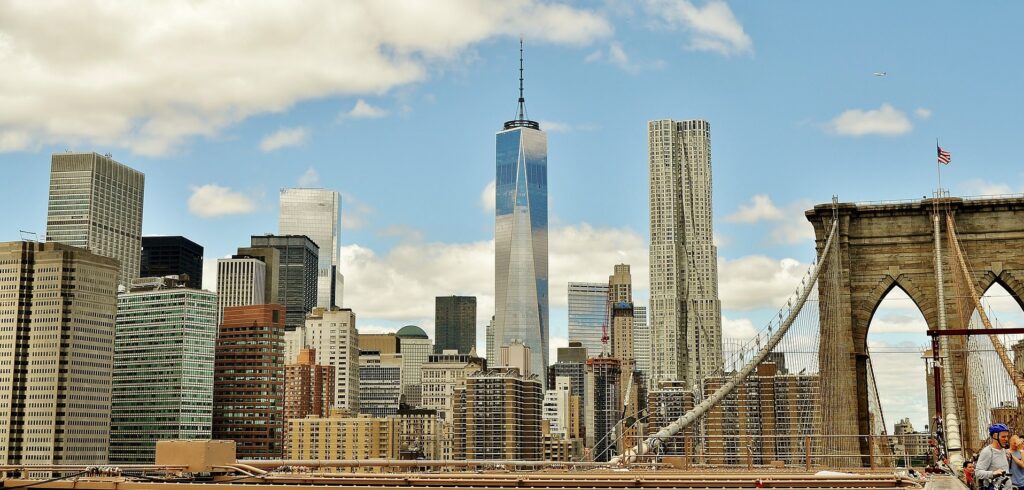
“I wake up every morning and say to myself, ‘Well, I’m still in New York. Thank you, God.“
Ed Koch, mayor of the city between 1978 and 1989
